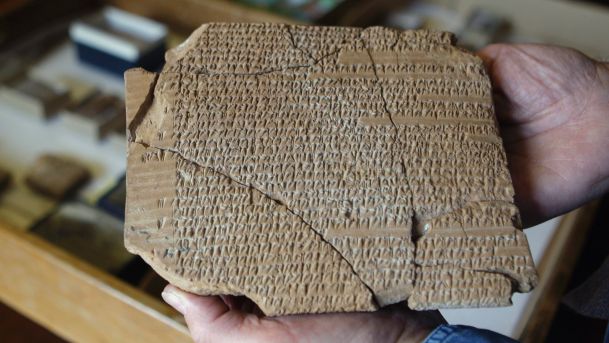The trial related to the dispute over the Achaemenid tablets scheduled to be held in late October has been postponed to December 4 according to the website of the 7th Circuit US Courts of Appeal.
The Persepolis Collection loaned to the University of Chicago’s Oriental Institute in 1937 for research, translation and cataloguing, included 30,000 clay tablets and fragments.
It contains 300 tablets dating back to the Achaemenid era (550–330 BC), which are impressed in cuneiform and record administrative details of the ancient Persian Empire.
The university had a commitment to return the relics after three years. However, none of them were given back, not until 1948 when some relics were returned. In 1971 another collection of the antiques was repatriated to Iran.
The Achaemenid Empire, founded by Cyrus the Great, was based in West Asia. Spanning 5.5 million square kilometers, it was one of the largest empires in history, larger than any previous empire in history.
It is equally notable for its successful model of a centralized, bureaucratic administration, for building infrastructure such as roads and a postal system, the use of an official language across its territories, and the development of civil services and a large professional army.
The Achaemenid tablets have been difficult to read because information about the Persian Empire had been largely limited to non-Persian sources.
That non-Persian information came from Greek writers such as Herodotus and Latin authors, and mostly concerns encounters between the Persian Empire and Greek states, encounters of warfare and diplomacy.
In addition to administrative information on the empire and its governance, the texts also contain seal impressions that indicate the existence of some otherwise-unknown administrative offices.
The texts identify for the first time leaders of various portions of the empire and expand on material in other non-Persian texts.


